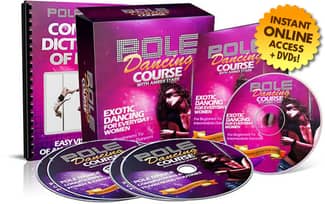Tap Dance Origin

Lets take a look at how dance evolved over the years.
Tap dance origin. When dancing they would articulate rhythmic patterns through chugging scooping brushing and shuffling movements of the feet. Tap dance probably began in the mid 1800s 1850. Its roots are buried in the antiquity of tropical and temperate tribal lands.
Tap dance is part of Americas social fabric. No one really knows the true origins of tap dancing but perhaps the earliest reference dating back to the 1800s is the Juba Dance originally performed by Master Juba aka William Henry Lane. Tap like jazz is a uniquely American contribution to the performing arts.
The dances also shared vivid names. Early origins Tap dancing has a number of ancestors. The origins of the tap dance can be tracked all the way back to the mid-1800 and the clash of the musical influences across North America.
Tap dance has roots in African American dancing such as the Juba Dance English Lancashire Clog dancing and probably most notably Irish stepdancing. A unique form of percussive dance born in America out of African and European traditions tap evolved alongside the American music that would become known as jazz. Popular music any commercially oriented music principally intended to be received and appreciated by a wide audience generally in literate technologically advanced societies dominated by urban culture.
Tap dance originated in the United States in the early 19th century at the crossroads of African and Irish American dance forms. To 1870 in New York City as a fusion of African Irish Scottish and English step dances. The history of tap dance through pop culture by me APUSH projectI do NOT own any rights to music images videos or content compiled in this video.
The Yangko dance is a traditional folk dance of the Han Chinese. Tap dancing originated with African dancers in early America. Formerly the American Tap Dance Orchestra and founded by Brenda Bufalino is based in New York City with the purpose of demonstrating that a symphony sound could be created using a dozen dancers executing polyrhythms.









